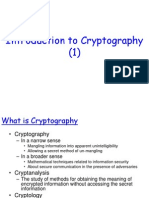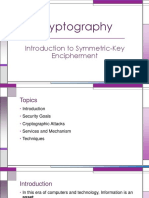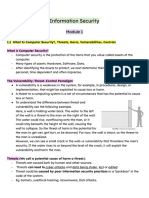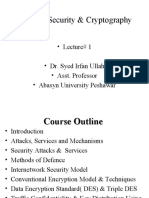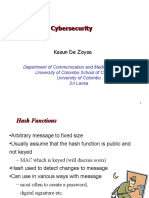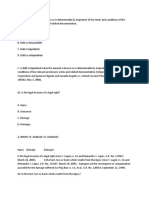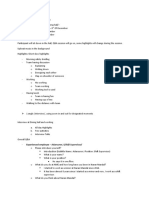0% found this document useful (0 votes)
136 views7 pagesICS Short Notes
The document discusses key concepts in computer security including confidentiality, integrity, availability, vulnerabilities, threats, attacks, and risks. It also summarizes different types of attacks, cryptography methods like symmetric and asymmetric encryption, hash functions and their applications. Cryptanalysis methods for cracking codes like brute force and known plaintext attacks are also summarized.
Uploaded by
Viraj DissanayakeCopyright
© © All Rights Reserved
We take content rights seriously. If you suspect this is your content, claim it here.
Available Formats
Download as DOCX, PDF, TXT or read online on Scribd
0% found this document useful (0 votes)
136 views7 pagesICS Short Notes
The document discusses key concepts in computer security including confidentiality, integrity, availability, vulnerabilities, threats, attacks, and risks. It also summarizes different types of attacks, cryptography methods like symmetric and asymmetric encryption, hash functions and their applications. Cryptanalysis methods for cracking codes like brute force and known plaintext attacks are also summarized.
Uploaded by
Viraj DissanayakeCopyright
© © All Rights Reserved
We take content rights seriously. If you suspect this is your content, claim it here.
Available Formats
Download as DOCX, PDF, TXT or read online on Scribd
/ 7
